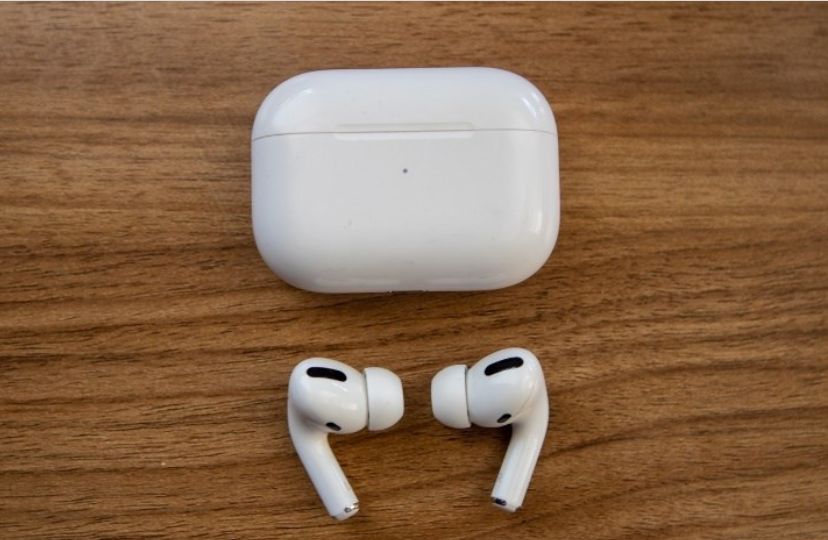Inputs by Amey Haldankar
Delhi, Jul 21: You have probably noticed that expensive electronics are also hard to repair. One needs to go to their own service centre to get parts, and after a few years of launch, the spares are hard to find.
Here are some examples of international contracts that are interesting:

Contract between Samsung and Varta
Varta is a German battery maker that is trusted by many
companies worldwide. Those companies include
Samsung. Samsung uses the batteries made by Varta in Galaxy earbuds. However, the contract between Samsung and Varta mentions that Varta cannot sell the batteries to any other company. This ensures that no one other than Samsung can repair battery issues of these earbuds.
The Case of Macbook Charging Chip
The charging chip that is used on Macbook Pro is tweaked a little bit from the standard charging chip. This means that this chip cannot be used in any other computer and only this chip can be used in the Macbook Pro. The company that manufactures this chip is also under a similar contract with Apple.
Let’s learn a new term: Planned Obsolescence
Seven years after you buy an Apple product, Apple stops service for it. This practice of making a software or hardware obsolete (go out of use) deliberately, and not because it cannot be used anymore, is called planned obsolescence.
At the end of these seven years, Apple still has some spare parts for these products. Instead of giving these parts to the open market, where non-Apple repair professionals can use them to repair old Apple devices, Apple sends them back to the manufacturer to recycle them.
Microsoft Surface Laptop
One of the products made by Microsoft, the Surface Laptop, is impossible to repair because the battery is glued inside. This means that it is not possible to reach the battery without damaging the laptop. That’s why iFixit, a company that gives a ‘repairability score’ gave the Surface Laptop 0 on a scale of 1 to 10.
Microsoft is not the only one. Other manufacturers of mobile phones and laptops have also made their products such that the battery is glued in and is not easy to replace.
Understanding the big picture
Three important developments have happened since 2010:
- Companies have made their devices such that they are harder to take apart for repair (remember the time when we could open our mobile phones and change the battery ourselves?)
- Many devices have come to use software for their day-to-day operations. When you buy a mixie, you own that mixie. You are free to take it apart for a science project or to use it at home for 20 years. However, when a device has software to run it, you do not own the software. You license the software. This means that you cannot touch or make changes to the software in any way. You see, software is covered under Copyright in the Copyright Act.
- Manufacturers are actively working to ensure that independent repair shops and companies (this includes the neighbourhood repair shop and large repair companies) do not have the repair manuals and spares to repair their products. This means that a consumer must either get a product repaired at the authorised repair centre or replace it.
This is not limited to electronic devices. This extends to tractors (In a case in the US, tractor owners were told that they could not touch the software used to run their tractors because that would be a violation of the US Copyright Act), cars, cameras, etc.
The Right to Repair and Repairability Index
In the US, some repair companies have gone to the lawmakers to ask for the Right to Repair. They are saying that the Copyright Act that stops them from repairing their devices should change because it is from a time when software was hardly used, but today it is used in everything.
In France, a national repairability index was introduced on January 1, 2021. It is a score from 0 to 10. France is the first, and so far, the only country to have this index. The Productivity Commission of Australia is also considering adopting a similar index. Manufacturers will have to declare upfront how repairable a device is. Customers can use this information to decide which device to buy.
Question for you: Would you look at the repairability index of a product before buying it? Should India have a repairability index? Why or why not? Do share your thoughts.

